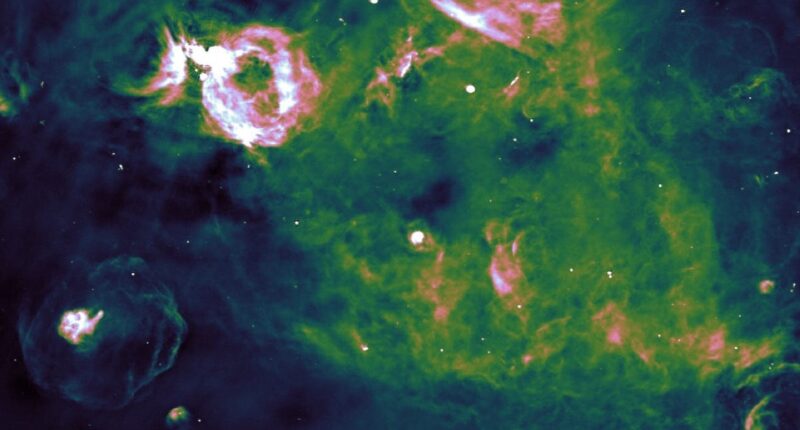A NEW set of Milky Way photos have been released, showing one of the most revealing looks at the galaxy yet and answering some unresolved questions.
This achievement was possible thanks to the union of two astronomy research programs.
The programs are called EMU and PEGASUS and they banded together to determine the location of the remaining supernova remnants.
These remnants mark the end of the life of a star and are an expanding cloud of gas and dust.
Before the programs united forces, the supernova remnants that were spotted by researchers were too few.
ScienceAlert reports that researchers united the findings of two of Australia’s telescopes, finding over 20 possible supernova remnants.
These were found in a small patch of the galaxy that makes up about 1 percent of the Milky Way, suggesting the existence of many more.
Before these images, only seven supernova remnants had been spotted and their existent and location had remained a mystery.
Researchers explained that this information was acquired after data from the two telescopes – ASKAP and Parkes/Murriyang – was pooled together.
What one telescope lacked, the other made up for, resulting in the most accurate pictures of the galaxy yet.
Most read in Tech
In the future, researchers predict that the collaboration between the two programs will provide an “unprecedented view of almost the entire Milky Way, about a hundred times larger than this initial image, but with the same level of detail and sensitivity.”
As of now, researchers estimate there are about 1,500 supernova remnants that have yet to be spotted.












